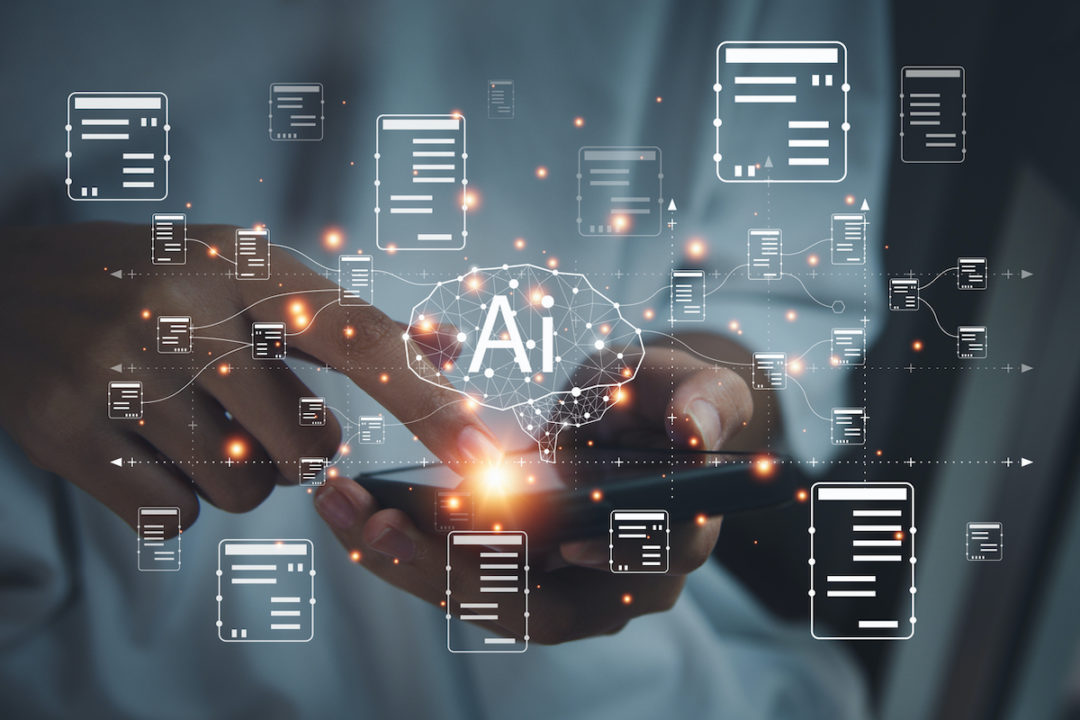
COVID-19 is officially no longer a national public health emergency in the U.S. But that doesn’t mean an end to supply disruptions and stock outages.
More often than not, depleted store shelves and supply scarcities aren’t the result of raw materials running out. Rather, they’re the result of a global talent shortage in the procurement industry, caused by factors such as the Great Resignation, demographic shifts and fierce competition for talent.
Like other industries, procurement will likely have to deal with this talent shortage for years to come. When a procurement team is understaffed, the pace of market demand exceeds the team’s ability to keep up. This leads to the perception of a shortage, which causes consumers and businesses to “panic buy.” In fact, the understaffing of procurement teams is the root cause of why we’re continuing to see stockouts of regular household items such as rice and cooking oil.
The good news is that as this procurement talent shortage remains acute, automation and artificial intelligence have stepped up to provide a solution. Recently, IBM announced that it will pause filling 7,800 current and future roles that the company believes can be achieved by AI. Moreover, AI is likely to increase its role in supporting human decision-making in the supply chain. But while there are many benefits to the use of the technology, there are also significant risks. In fact, I believe AI has the potential to cause the next wave of supply disruptions.
The classic “bank run” is a prime example of panic-induced fear of losing access to a vital resource. Earlier this year, we saw this dramatically play out with the Silicon Valley Bank collapse. This scenario is no different than many common shortages of everyday household goods and consumables.
The concern is that if predictive models powered by AI could be useful in detecting or preempting a run on a specific commodity, food or medicine, then they could also trigger an algorithmic buying cycle ahead of that run, thereby causing it. There are examples of this phenomena from other industries; in 2010, during the relatively early days of algorithmic trading, a single day trader created a so-called “flash crash,” temporarily wiping out more than $1 trillion in market value.
It's easy to imagine that, as AI becomes more prevalent in autonomous systems that monitor markets and conduct buy cycles for repetitive transactions, the risk of causing a shortage by trying to “beat the market” ahead of a price spike could unintentionally cause a disruption. For categories such as food, fuel and critical medicines, the consequences of these cascading and overlapping disruptions could prove immensely painful to procurement and supply management teams, not to mention everyday consumers and communities.
Following are some fundamental questions that need to be answered in order to minimize the risk of AI causing the next wave of supply disruptions:
- Which spend categories are potentially vulnerable to this dynamic? You might want to place “human-in-the-loop” restrictions on certain categories of spend where AI should never be the sole decision-maker, especially those prone to price fluctuations.
- Which speed bumps or checks would be desirable to add to decision loops to help modulate behavior that could trigger short-term panics? If you sense that panic buying is starting, you might want to be able to hit a pause button.
- How are companies in businesses tangential to yours and your suppliers working through this challenge?
These are all important questions of strategic concern for supply continuity and ultimately business continuity, and will be important to address whether AI autonomous buying agents are being used by your firm or by other buyers and sellers in the market.
While there’s certainly a lot of discussion around AI today, for many of us in procurement and supply chain it’s nothing new. There have been cyclical periods of AI hype and so-called “AI winters” when the rising expectations of total automation met the limitations or drawbacks of current models. And yet, these models are only getting better, and the speed of improvement has never been faster. That’s why it’s vital that we have internal discussions and form clear boundaries and specific intentions ahead of this technology’s rapid acceleration.
Edmund Zagorin is chief strategy officer with Arkestro.







